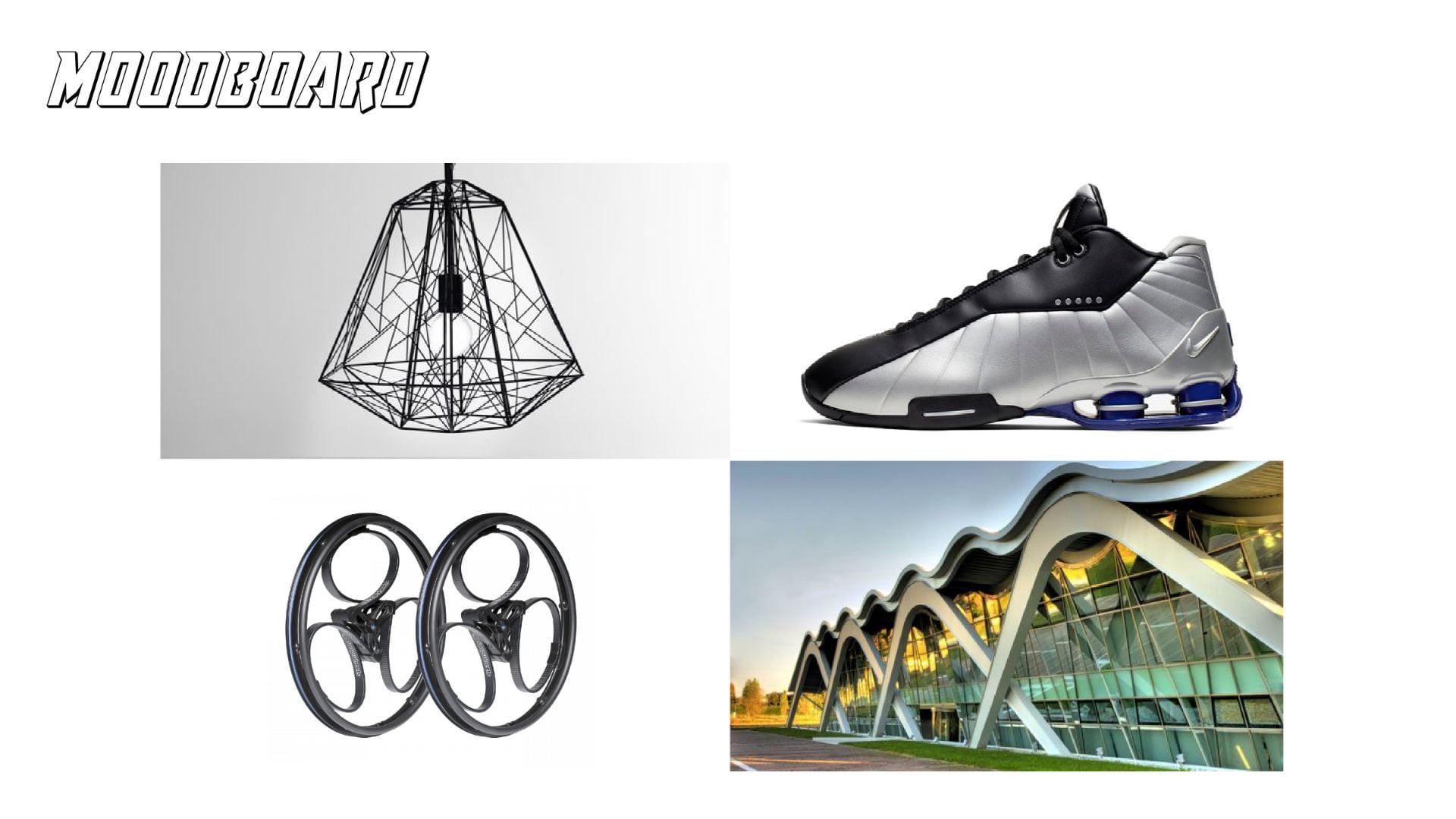Author: Yitong Deng
Project 1.3 Prototype
Purpose
After egg drop challenge and research about existing suspension soles, I want to develop a new cushion system to optimize the conflicting concerns of shock absorption and stability, while also maximizing comfort and durability.
Inspiration
I got inspiration from a reinvented bicycle tire called loopwheel. Loopwheel is a wheel with integral suspension, designed to reduce vibration and increase performance and provide greater comfort for bicycle or wheelchair.
How does it work?
IDEATION
PATENT DRAWING
This new suspension cushion system is consist of suspension pebax midsole and carbon fiber spring. Hollowed pebax midsole is lightweight and provides enough cushion while carbon spring gives optimum compression and lateral stability as well as strength and durability for extra propulsion.
Type B Sketches Render
Project 1.2 Cushion Research
Background Search
Cushioning is one of the most important aspects of athletic shoes. Whether it’s delivered by pressurized air channels, sturdy foam compounds, or other, more unique constructions, almost all performance footwear has some sort of cushioning implementation. Every now and then, a brand will buck the tradition and try out something a little more unusual.
Suspension soles are supportive midsoles/outsoles that, unlike traditional setups, make use of negative space to achieve cushioning and forward propulsion. Similar to the function of cables on a suspension bridge, these unconventional soles help to absorb shock through varying gaps of space throughout the platform. Unlike air chambers, these designs feature completely empty spaces, allowing outside air to pass through freely. It can be a tricky design to integrate, and brands such as adidas are still working to perfect the concept today.
Problem
The footwear industry has been developing athletic shoes in an effort to maximize shock absorption and stability while also maximizing comfort and durability. Unfortunately, these goals are potentially in conflict with each other. For example, a shoe that provides adequate shock absorption and comfort may not provide sufficient stability. To further advance the development of athletic shoes, a basic understanding of the dynamics of running and the mechanisms of running injuries is important.
Object
1. To provide an athletic shoe that optimizes the conflicting concerns of shock absorption and stability, while also maximizing comfort and durability.
2. To provide an athletic shoe sole that adopts a mechanical suspension cushioning system to have differential cushioning properties at different regions of the sole.
Prior Art
1. Nike Shox
Year released: 2000
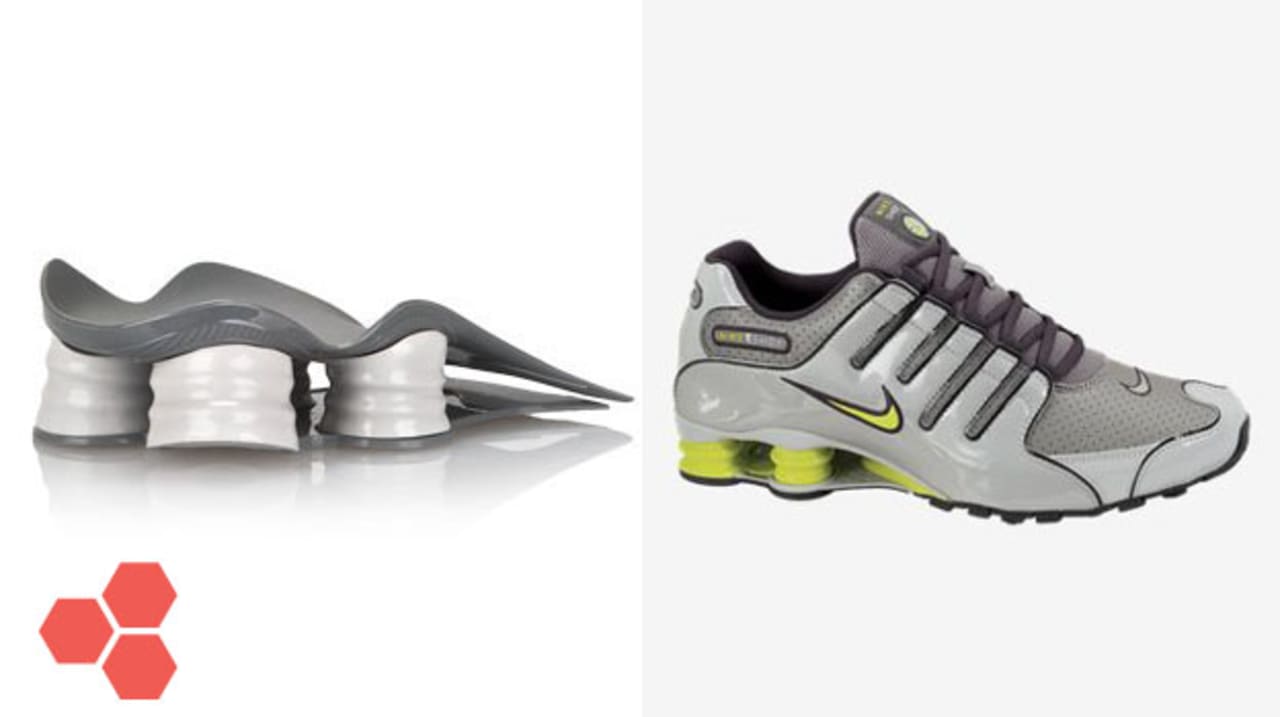

Shox is a shoe feature first released by Nike in 2000 that is incorporated in several of their flagship athletic sports shoes. The history of the Nike Shox goes all the way back to 1984 when Bruce Kilgore, the man who had designed the Air Force 1 just two years prior, had the idea to put mechanical cushioning on a pair of running shoes. This prototype looked nothing like Shox in their current form, but rather like a suspension fork for a mountain bike, but for feet. The idea would finally come to fruition in 2000, thanks to Nike designers Aaron Cooper, Greg Thompson, and Brian Farris, and become one of the most polarizing technologies of the decade.
The shoe design includes a support system feature, which is an arrangement of small hollow columns in the midsole supporting the shoe’s heel, which are made primarily with polyurethane. There are different formations of the shox technology, but most models include four circular columns in a square formation to provide cushioning. Later variations in shox models added one or two additional shox, 25 mm high, though they may vary in height; as well as triangular and rectangular shox that Nike claims provide better stability. Some shoes have midsoles made entirely of Shox, like the TL series.
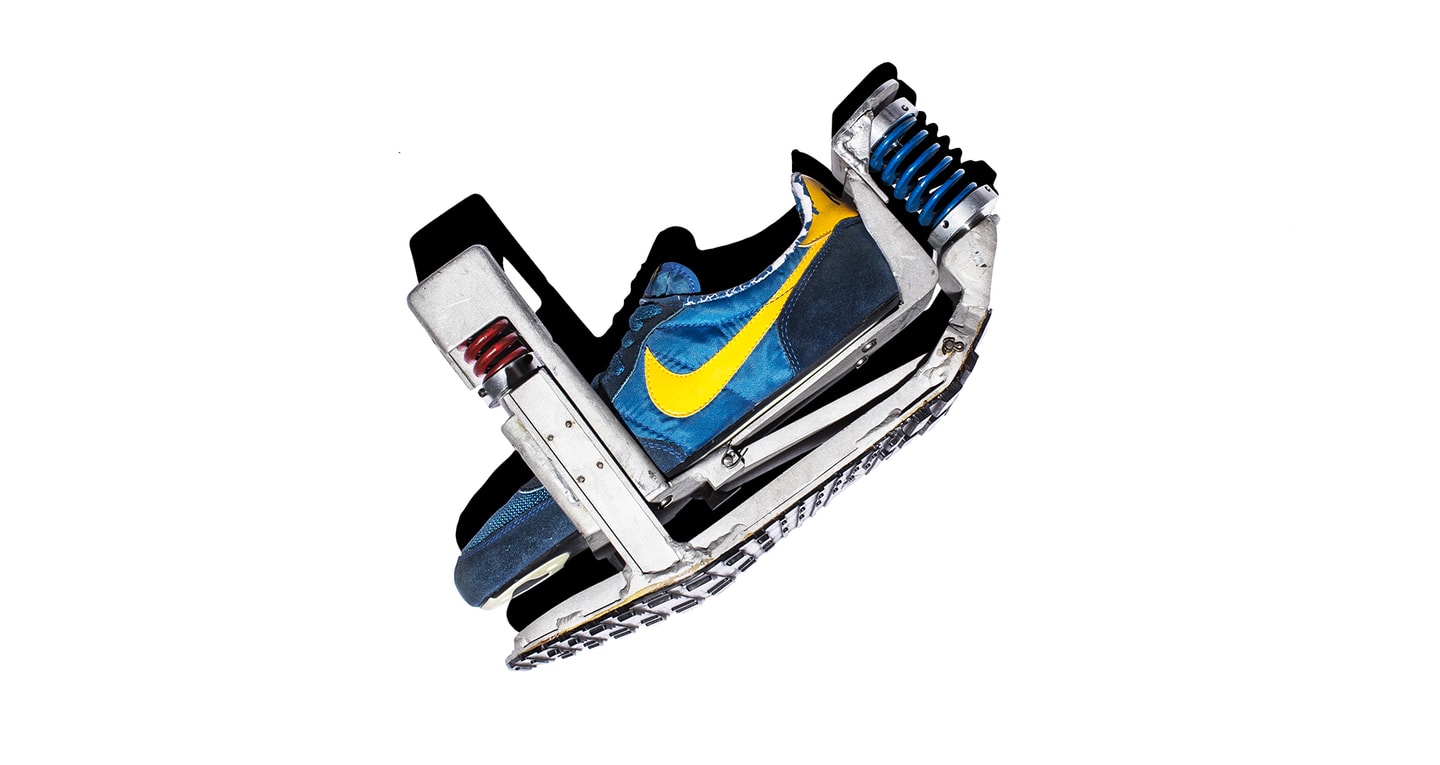
2. Adidas A3
Year released: 2006
Featured in the a3 Microride, adidas a3 tech was relatively short lived, but served as the Three Sripes’ blueprint for several models that would follow in the coming years. Featuring a full-length midsole composed of gaps and hollowed TPU spheres, this concept would be revisited with adidas Bounce technology.
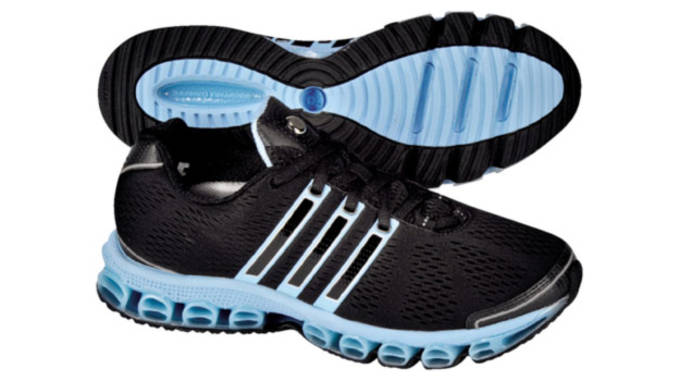

3. Reebok Zig
Year released: 2010
Reebok Zig is an athletic footwear technology and collection of shoes designed by Reebok. ZigTech debuted in January 2010 and was first introduced with the ZigPulse later that year. ZigTech includes a zigzag foam sole that is designed to push athletes forward. The design assists in energy return to the wearer by absorbing impact at the heel and dispersing the energy through the zigzag composition which propels the athlete forward and also reduces stress on the shins. Reebok has released various styles of ZigTech designs that are compatible across a variety of sports.
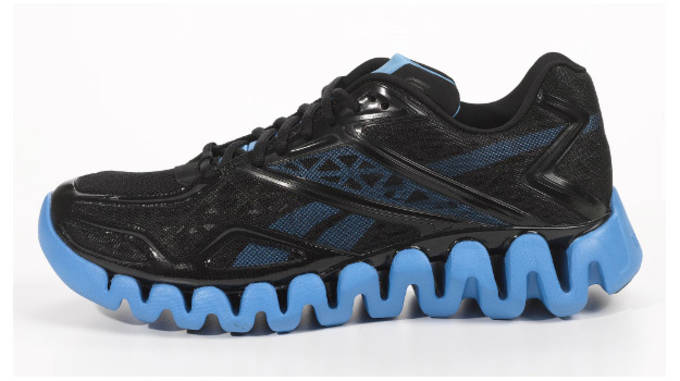

4. Mizuno Wave
Year released: 2011
Mizuno’s Wave technology took negative space to the extreme, with large gaps inspired by the motion of oceanic waves and tidal waves. Due to its very minimal construction, it’s also one of the lightest soles around.
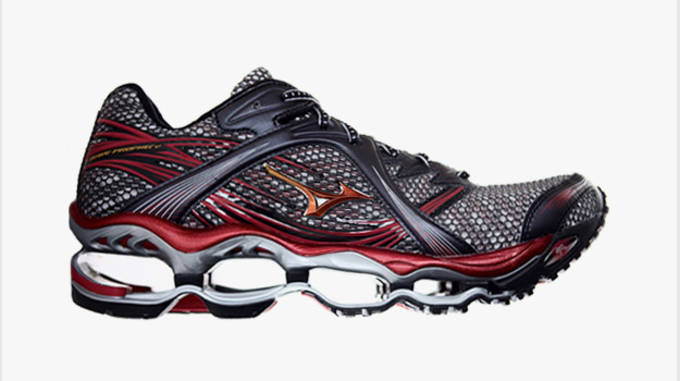

Patent Search
other Suspension soles’ patent
1. US20060042120A1
Inventor: Susan Sokolowski, Susanne Wolf-Hochdoerffer, Lorrie Vogel
2.USD511618S1
Inventor: Sean Michael McDowellEric P. AvarSusan CessorAndrew EsteyMaria J. KozoSteven F. SmithRobert W. DolanTate E. KuerbisJean-Francois Fullum
3.US9192211B2
Inventor: Mario A. Lafortune
4.US5797199A
Inventor: Todd MillerCraig, FellerDaniel, Wickemeyer, David Potter, Erik Purdom, Tuan Le
5.USD532598S1
Inventor: Marya L. Chan
Paper Search
- Jones, R. (2018, June 1). A Complete History of Suspension Soled Sneakers. Retrieved from https://www.complex.com/sneakers/2014/01/history-suspension-soles
- Aguinaldo, A., & Mahar, A. (2003). Impact Loading in Running Shoes with Cushioning Column Systems. Journal of Applied Biomechanics, 19(4), 353–360. doi: 10.1123/jab.19.4.353
- Goonetilleke, R. S. (1999). Footwear Cushioning: Relating Objective and Subjective Measurements. Human Factors: The Journal of the Human Factors and Ergonomics Society, 41(2), 241–256. doi: 10.1518/001872099779591231
- Delattre, N., Cariou, A., Guéguen, N., & Baudry, P. (2015). Test methods and observed parameters for the mechanical characterization of footwear cushioning. Footwear Science, 7(sup1). doi: 10.1080/19424280.2015.1038318
- Lafortune, M., & Hennig, E. (1992). Cushioning properties of footwear during walking: accelerometer and force platform measurements. Clinical Biomechanics, 7(3), 181–184. doi: 10.1016/0268-0033(92)90034-2
Type B Sketches
Type A Sketches
Project 1.1 Egg Drop Challenge
Try to find the easiest way to prevent an egg from cracking.
First attempt: bubble wrap
Result: failure
So I just doubled it. It worked this time
Second attempt: toilet paper without paper tube
Result: success
Third attempt: 2 rolls of toilet paper with scotch tape
Result: success
Hello world!
Welcome to your brand new blog at University of Oregon Sites.\n \n To get started, simply log in, edit or delete this post and check out all the other options available to you.\n \n For assistance, visit UO Blogs General Help or contact the Technology Service Desk (541-346-4357).\n \n




